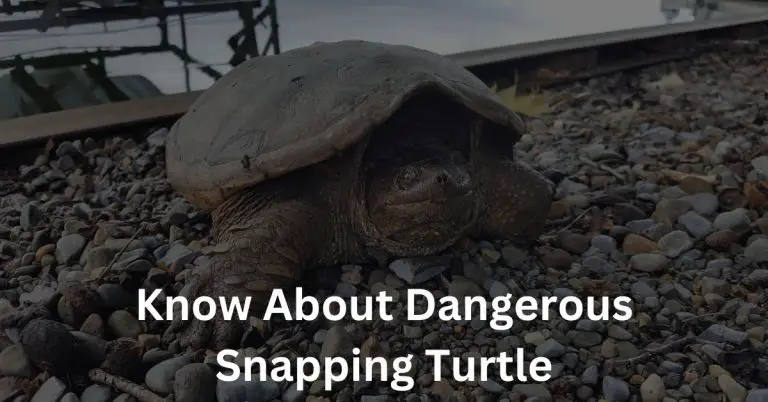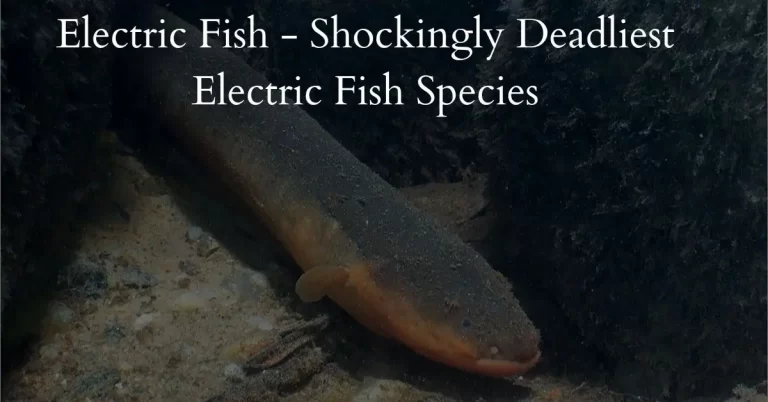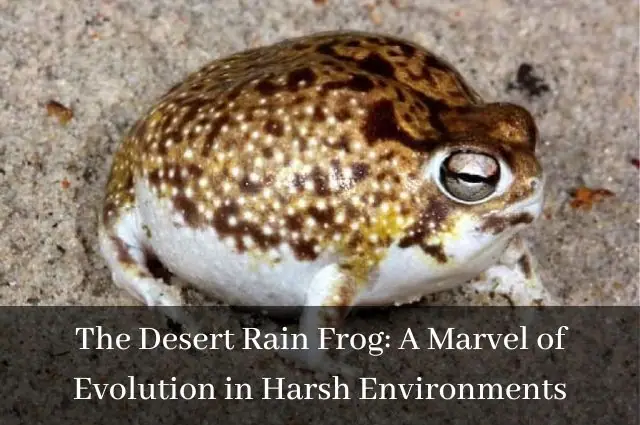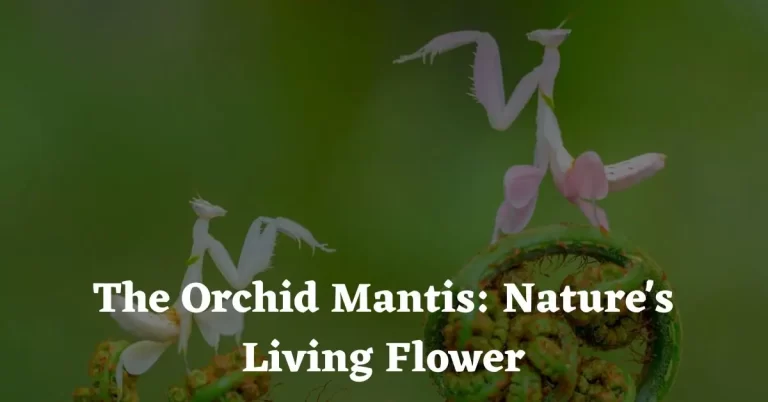Sea Bunnies Most Adorable Ocean Creatures
The Sea Bunny, also known as the “Jorunna parva”, is a type of sea snail that has captured the imaginations of people around the world with its cute and quirky appearance. These tiny creatures can be found in the shallow waters of the Indo-Pacific region from Japan to Australia. Their distinctive appearance has earned them the nickname “sea bunnies”, as they resemble small, fluffy rabbits with ears and tails.
So in this article we will discuss about all the information and facts related to sea bunny.
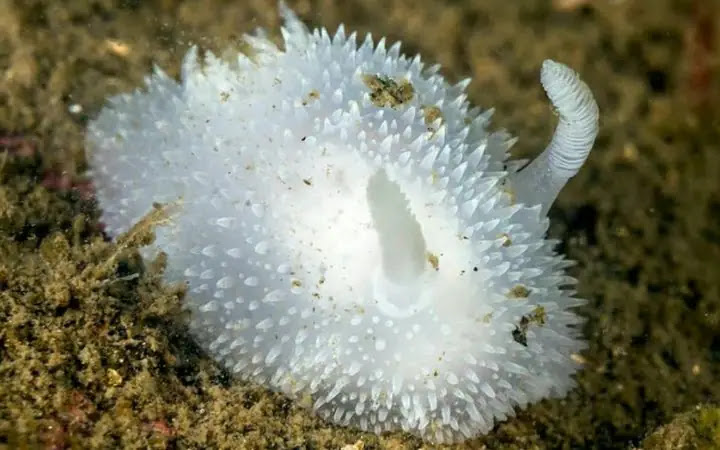
All About the “Sea Bunny”
Scientific Name
Sea bunnies, also known as Jorunna parva, belong to the family Discodorididae, which is a family of sea slugs in the order Nudibranchia.
Sea Bunny Classification and Scientific Name
Scientific name: Jorunna parva Higher classification: Jorunna Rank: Species Phylum: Mollusca Family: Discodorididae Kingdom: Animalia
.
Appearance
Sea bunnies are small and adorable creatures that live in the ocean. They are a type of sea slug found in various parts of the world, including Japan, Indonesia, the Philippines, and Australia.
Sea bunnies are well-liked among marine enthusiasts because of their distinctive and endearing look. They can move around and acquire food because of the cilia, which are small hair-like structures, that cover their smooth, velvety bodies. The body can be any color, including yellow, orange, white, and blue, and is typically 1 to 3 cm long.
The two tiny ear-like protrusions on sea bunny heads are one of their most distinguishing characteristics. Actually, these protrusions are rhinophores, sensory organs that aid sea bunnies in identifying substances in the water. Moreover, sea bunnies have two oral tentacles that they utilize to look for food.
The fluffy protuberances on the bunny slug back that resemble rabbit ears are maybe their most endearing feature. The gills on these protrusions allow sea bunnies to breathe underwater. They have small spicules covering them that offer some defense against predators.
.
Diet
The tiny sea slug known as the sea bunny can be found around the world, including in Australia, Japan, Indonesia, and the Philippines. These amazing animals have a wide variety of diets, and they have different food preferences depending on where they live and what food is available.
Red, green, and brown are among the varieties of algae that sea bunnies are known to eat. They look for and gather these algae using their oral tentacles. Sea bunnies occasionally eat other tiny invertebrates and spongy tissues.
The ability of sea bunnies to consume harmful algae without becoming harmed by the poisons is an intriguing feature of them. Their bodies have unique systems that enable them to detoxify and break down these dangerous toxins.
Being a food source for several predators, such as crabs, fish, and other sea slugs, such as sea bunnies play a significant part in the marine food chain.
Many kinds of algae and seaweed can be fed to sea bunnies in captivity as a meal. Yet it’s crucial to remember that they are sensitive animals that require particular water qualities and a healthy diet to survive.
It’s crucial to learn about their nutritional needs and provide sea bunnies with a healthy diet if you plan to keep them as pets. it’s essential to research their dietary requirements and provide them with a suitable environment.
.
Habitat
Sea bunnies may be found all over the world, although they are most common in the Indo-Pacific area. They frequently creep around the sea floor or on rocks and are typically found in shallow water.
The vast range of environments that sea bunnies are known to inhabit includes coral reefs, rocky shorelines, and sandy bottoms. As algae are their main source of food, they are typically found in regions where there is abundant algae growth.
.
Reproduction
Sea bunnies are hermaphrodites, meaning they have both male and female reproductive organs. They breed by mating with other sea hares, and both individuals can fertilize each other’s eggs.
During mating, sea bunnies use their reproductive organs to transfer sperm to their partner. After mating, they lay small egg masses, which are attached to rocks or other hard surfaces. The eggs hatch into small larvae that eventually settle on the ocean floor and develop into adult sea bunnies.
A year is roughly the average sea bunny’s lifespan, and around 3 months old, they usually achieve reproductive maturity. Over their existence, they are able to mate numerous times, and during their reproductive season, they are able to deposit multiple batches of eggs.
.
Threats and Predators
Sea bunnies, also known as Jorunna parva, face several threats and predators in their natural habitat. Here are a few examples:
1. Predators: Sea bunnies are preyed upon by a range of marine predators, including fish, crabs, and other sea slugs.
2. Habitat loss: The destruction of their habitat due to pollution, coastal development, and climate change can have a negative impact on sea bunny populations.
3. Overfishing: Overfishing can disrupt the balance of the marine ecosystem and remove important food sources for sea bunnies and their predators.
4. Collection: Sea bunnies are sometimes collected for the aquarium trade, which can put additional pressure on their populations.
5. Climate change: Rising ocean temperatures and ocean acidification can have a negative impact on sea bunny populations, as well as the health of the ecosystems they inhabit.
Overall, the survival of sea bunnies is dependent on the health of their habitat and the conservation of their ecosystem. Protecting their natural habitat and reducing human impacts can help ensure the survival of these unique creatures.
.
Lifespan
Sea bunnies (Jorunna parva) have a relatively short lifespan of about one year. Their lifespan can vary depending on various factors, including environmental conditions, food availability, and predation.
Sea bunny slug typically reach reproductive maturity at around 3 months of age and can mate multiple times throughout their lifespan. They are known to lay several batches of eggs during their reproductive season, which can contribute to the survival of their species.
Overall, bunny sea slug lifespans are relatively short compared to other marine animals. However, they are able to reproduce quickly and efficiently, which helps to ensure the survival of their species in their natural habitat.
.
Facts
Here are some interesting facts about sea bunnies:
1. Sea bunnies, or Jorunna parva, are a species of marine gastropod mollusk that belong to the family Discodorididae.
2. They are native to the western Pacific Ocean and can be found in a variety of habitats, including rocky reefs, tidal pools, and sandy bottoms.
3. Sea bunnies are relatively small, typically growing to a length of around 2.5 centimeters.
4. They have a distinctive fluffy appearance, with a white body covered in numerous hair-like projections known as papillae. These papillae help to protect the sea bunny from predators by making it difficult to swallow.
5. Sea bunnies are primarily herbivorous, feeding on various types of algae, although they have also been known to eat other small marine organisms.
6. They are hermaphroditic, meaning they have both male and female reproductive organs. They typically mate by extending their bodies and exchanging sperm.
7. Sea bunnies are short-lived, with an average lifespan of around one year.
8. Despite their cute and cuddly appearance, sea bunnies are toxic and can release toxic chemicals as a defense mechanism against predators.
9. Sea bunnies have become increasingly popular on social media recently, with many people sharing photos and videos of their unique appearance.
10. Some species of sea bunnies have been known to form symbiotic relationships with certain types of algae, which can be found growing on their bodies and providing a source of food.
Cultural Significance of Sea Bunnies
In some cultures, sea slugs, in general, are considered a delicacy and are consumed as food. However, bunny sea slugs are rarely eaten since they are rarely discovered in sufficient numbers to serve as a reliable food source.
Sea bunnies have become popular in the realm of social media due to their striking appearance, with their fluffy white bodies and distinctive black markings. They have appeared in a number of popular viral pictures and videos and have even served as models for current beauty and fashion trends.
Overall, while sea bunnies may not have significant cultural importance in traditional societies, their unique and eye-catching appearance has certainly captured the attention of many people around the world in recent years.
.
Ecological Importance of Sea Bunnies

Here are the ecological importance of sea bunnies, step by step:
#1. Algae Consumption
Sea bunnies feed primarily on algae, and they play an important role in controlling algae growth in their habitat. This helps to maintain a healthy balance in the marine ecosystem and prevent the overgrowth of algae, which can have negative impacts on other marine species.
#2. Nutrient Cycling
As sea bunnies consume algae, they break it down into smaller pieces, which can be easily digested by other organisms. This helps to facilitate nutrient cycling in the marine ecosystem, which is essential for the survival of many marine species.
#3. Symbiotic Relationships
The Sea bunny has been found to have a symbiotic relationship with certain types of algae, which can be found growing on their bodies. This relationship helps to promote the growth of beneficial algae and provides a food source for sea bunnies.
#4. Predation
As prey for a variety of marine predators, sea bunnies play an important role in the food chain. They provide a food source for larger predators, which helps to maintain the balance of the marine ecosystem.
#5. Indicator Species
Sea bunnies can serve as an indicator species for the health of their habitat. Changes in sea bunny populations can indicate changes in the health of the marine ecosystem, which can have implications for other marine species.
Overall, sea bunnies play an important role in the functioning of the marine ecosystem. Their consumption of algae, facilitation of nutrient cycling, and role as prey and indicator species all contribute to the health and balance of their habitat.
.
Conclusion
Sea bunny which are an attractive species of sea slug has attracted the attention of many people around the world due to their unique and attractive appearance. Despite their small size, sea bunnies play an important ecological role in their habitat, consuming algae, facilitating nutrient cycling, and serving as prey and indicator species.
Nevertheless, a variety of threats and predators, including habitat loss, overfishing, and climate change, threaten sea bunnies and may have detrimental effects on their populations. This rare and important species can be helped to survive by preserving its natural habitat and limiting human impacts.
FAQs:
1. Are sea bunnies real?
Yes, sea bunnies are real! They are a type of sea slug that can be found in various oceans around the world. Sea bunnies are known for their cute and fluffy appearance, which resembles that of a rabbit or bunny.
2. Are sea bunnies poisonous?
Sea bunnies are not known to be poisonous to humans. While some sea slugs are toxic and can cause harm if touched or ingested, sea bunnies do not possess any known toxic chemicals or defensive mechanisms that could be harmful to humans.
3. Where do sea bunnies live?
Sea bunnies are a type of sea slug that can be found in various oceans around the world, particularly in the Indo-Pacific region. They typically live in shallow waters and can be found in rocky or sandy areas, as well as on reefs and in tide pools. Sea bunnies are most commonly found in warm waters, but they have been spotted in cooler waters as well.
4. What do sea bunnies eat?
Sea bunnies are a type of sea slug that feeds on sponges. They use a specialized radula, which is a ribbon-like structure in their mouths with rows of tiny teeth, to scrape and consume small pieces of sponge tissue. Sea bunnies are able to digest the toxins and spicules (sharp structures) found in many sponge species, which makes them less vulnerable to predators. Some sea bunny species have also been known to feed on other small organisms, such as bryozoans and tunicates, but sponges are their primary food source.
Read Also:
- The World’s Largest Spider Goliath Birdeater
- 10 Interesting Facts About Sand Dollars
- Coconut Crab Facts and Information

